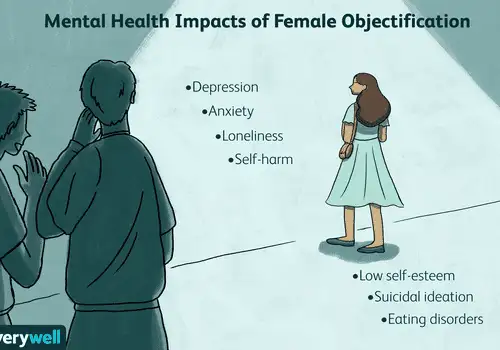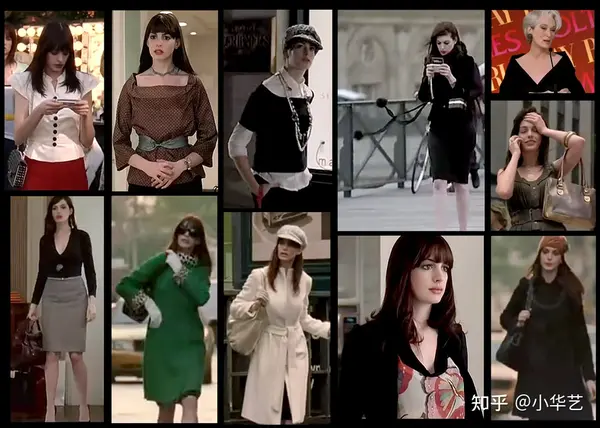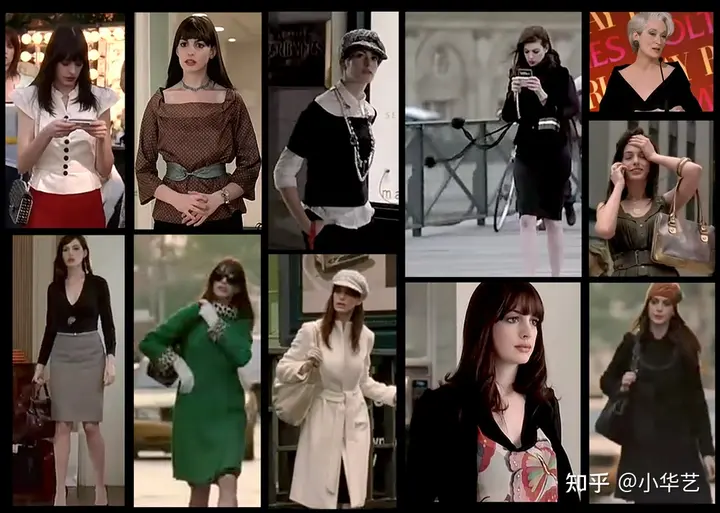What is Male Gaze? We are deeply affected by the Male Gaze.

Male gaze refers to the way in which the mass media portrays women through the lens of male desire in order to satisfy the pleasure of male viewers.
Male gaze refers to the way the mass media portrays women through the lens of male desire in order to satisfy the male viewer’s desires, often in the form of over-attention to, and sexualised depictions of, women’s bodies. This is a kind of objectification and weakening of women. At the same time, under the mass media’s dissemination, it invariably sets the
The mass media has set up a standard for judging women’s appearance, causing women to conform to this standard and constantly measure themselves against other women, and if they fail to live up to the so-called standard,” it can cause anxiety, depression, and low self-esteem.
However, as more and more people realise the negative effects of male gaze on women, some people may go to the other extreme, believing that women who conform to the standards of male gaze must dress this way in order to attract men, and attacking and shaming those women. But we don’t know whether the real intention behind each person is to please themselves or others, so we are not in a position to judge others. All we can do is to be aware of the existence of male gaze and not let ourselves be controlled by the “standard” of male gaze.
- There are several main categories of masculinity discourse in the media:
- “The Second Sex”.
“Women are not born, they become, and in a patriarchal society, women are always the second sex.

It is indisputable that today’s mainstream cinema incorporates pornographic coding within the linguistic stereotypes of the dominant patriarchal order. In this closed world depicted on screen, the viewer’s voyeuristic desires are greatly satisfied, projecting repressed desires onto the characters.
Chests, legs, eyes, etc. are viewed and appreciated as if they were commodities or paintings on display. The camera’s use of close-ups minimises the absence of the film medium and accelerates the process of “negative identification” by the viewer.
2.Materialisation of women
Whether it is a metaphorical image of women or an image of “beauty”, the essence is the materialisation and emptying of the female character itself. In The Way of Seeing, the British art critic John Berger hit the nail on the head when he pointed out that “the woman’s own observer is male, i.e., the observed is female. In this way she transforms herself into an object, and in particular into a visual object, i.e. a scenario.
3.Definition of feminine virtues
The phrase we often hear in the media praising women is “having the traditional virtues of women.” This kind of virtue is often manifested in the qualities of warm, obedient, selfless, self-sacrifice, silent dedication and so on. The opposite of “virtue” is “evil virtue”, which often refers to the characteristics with negative connotations such as vitriol, selfishness, violence and jealousy.
The woman who best represents “traditional virtues” and is the most successful in media promotion is Liu Huifang, the protagonist of the once-popular TV drama “Desire”. As the modern version of “traditional virtues” and the model of virtuous wife and mother, women like Liu Yifang, who are gentle and virtuous and devote all their energy to their husbands and families, have become highly respected moral idols and perfect female personality specimens
Overall the modern mass media plays a socio-cultural role in maintaining the established gender domination order, concealing the actual unequal relations between the two worlds, and to paralyse and weaken women’s critical gender culture in order to make the existing (still male-centred) cultural and social domination stronger and more rational. However, there are still some women who are not willing to be told and smeared by the patriarchal discourse in the seemingly strong patriarchal barriers, and who use their own potential discourse of real life feelings and experiences to falsify the normative patriarchal socio-cultural system. With their presence, the world will see the rise of the other half of the human race.
[1] Jim R. Macnamara. Media and Male Identity: The Making and Remaking of Men[M]. London: Palgrave Macmillan, 2006.
[2] Mulvey L. Visual pleasure and narrative cinema. Screen. 1975;16(3):6-18. doi:10.1093/screen/16.3.6 https://doi.org/10.1093/screen/16.3.6
[3]Oliver K. The male gaze is more relevant, and more dangerous, than ever. New Review of Film and Television Studies. 2017;15(4):451-455. https://doi.org/10.1080/17400309.2017.1377937

